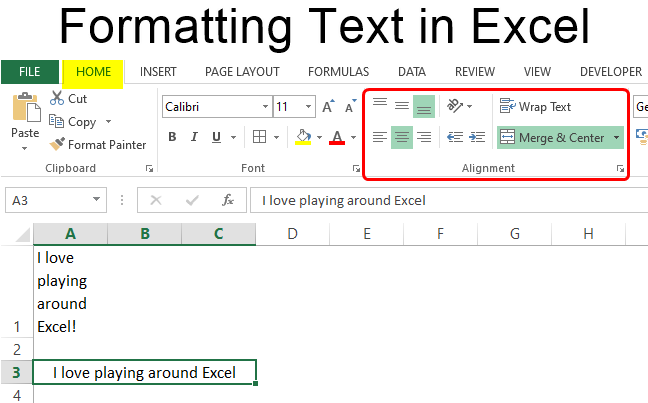

To change the number, types, and order of styles displayed, select The list shows multiple types of styles: headings, bullet Styles with the letter “a,” and linked styles with both symbols. Though there is no text in the document, the Styles pane is already populated. The Styles group is close to the middle of the ribbon above it is the Quick Styles gallery. Once the file opens, the document view should show the Home tab of the Word ribbon.Īlong the bottom of the ribbon, you’ll see a number of groups, each with a More button in its right-hand corner. To see all the available styles, create a new, blank Word document. You can create new styles or modify existing styles to suit your preferences. Words or letters without affecting the rest of the paragraph.įunction as either character or paragraph styles. Line and paragraph formatting specifications such as font, indentation,Īlignment, and line spacing that apply to everything in a paragraph. These built-in styles are part of every new Word document. In addition to Normal, Word has dozens of other built-in styles that are used to identify headings, footnotes, hyperlinks, comments, lists, and other parts of the document. No matter how you change these text and layout elements via direct formatting (e.g., increasing the font size, altering line spacing, changing colors) the text will still be designated as Normal style. Whenever you start typing in a new document, you are using the Normal style with whatever font, font size, line spacing, indentation, text alignment, and other elements that have been defined for that style.

To view the pilcrows at the end of paragraphs, select the ¶ symbol in the Paragraph group of the Home tab on the Word ribbon.

Remember that a paragraph is one or more lines-with or without text-that end in ¶, a symbol called a pilcrow. In any new Word document, every paragraph is, by default, Whether you know it or not, everything in your document is formatted as a style. Styles are simply sets of formatting instructions-and you can customize them however you’d like. Word styles-those little snippets of text formatting peering at you from the top of the page-can be especially mystifying.īut they don’t have to be. Microsoft Word is an amazingly robust set of tools, but few people ever use more than one or two of its powerful functions.įor many users, the icons that dot the ribbon at the top of each document are more intimidating than a complex math equation. So how do you do all of this in a fraction of the time direct formatting would require? This article will show you. Numbered items would always be ordered correctly. If you used Word styles, however, you could format every occurrence of each item with a single click-and effortlessly experiment with different options until you find the one you like. You’ll probably redo the whole document several times before you’re happy with the results. If you’re like most users, you’ll format each item individually-a painstaking process known as direct formatting. Each file contains section titles, subheadings, footnotes, numbered lists, and,Īs you import text from the different contributors, your document begins to looks like a hodgepodge.
#MICROSOFT WORD PARAGRAPH FORMATTING USING VBA TUTORIAL SERIES#
You’re compiling a big document-maybe it’s a report for your annual department meeting or a series


 0 kommentar(er)
0 kommentar(er)
